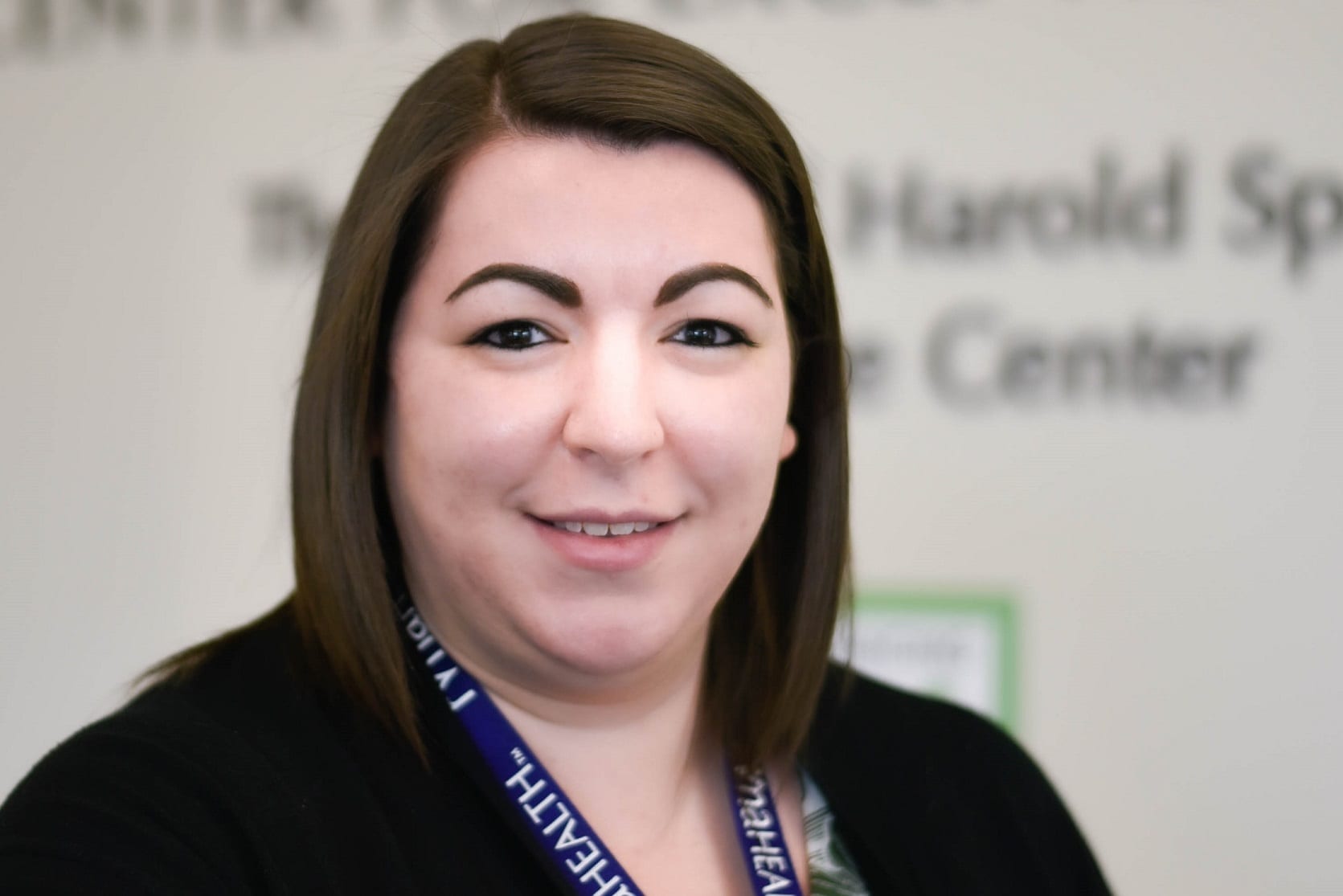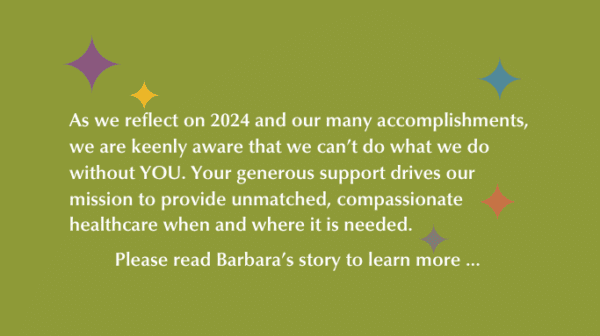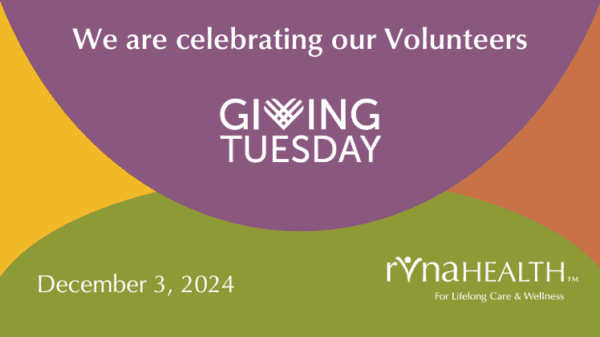

Above: Stephanie has personally experienced how volunteers can make lives easier for patients and their families.
Stephanie Peppe may have been destined to work in hospice from the time she was six years old when she learned not to fear death. Peppe regularly visited her grandmother, who was living in a residential hospice facility, and spent time playing games with the volunteers who kept her grandmother company each day. They encouraged her to talk to her grandmother, even when she was no longer able to respond, and for Peppe the experience proved comforting and removed the fear and mystery that often accompanies end of life.
As the Hospice Volunteer Coordinator for RVNAhealth, Peppe is responsible for the recruitment, training and oversight of the individuals who donate their time to support hospice patients and their loved ones. Because her focus is dedicated solely to serving the RVNAhealth hospice community, Peppe wants to challenge the misconceptions about what hospice really means.
“People are usually drawn to hospice volunteer work because of a positive personal experience with a loved one,” she says. “They’ve witnessed the benefits firsthand of what a hospice volunteer can do by sitting with a patient, walking the dog, or providing respite for the family so they can run errands. A lot of volunteers actually seek us out, but I want to make sure other people recognize the value in hospice volunteer work as well.”
The greatest challenge Peppe faces in recruiting new volunteers is the misconceptions of what hospice care really means. Hospice is a philosophy of care in which a terminally ill patient, with guidance from a healthcare professional, no longer partakes in curative treatment and focuses instead of quality of life and management of symptoms. Contrary to popular belief, hospice does not mean giving up, but rather accepting a new way to approach incurable disease.
Hospice in the U.S. began as a volunteer movement; today, Medicare-certified hospice programs are required to have volunteers as part of the services that they provide. Unlike traditional volunteer positions, hospice volunteers must participate in an intense 16-hour, hands-on training. Naturally, the RVNAhealth hospice volunteer program has been impacted significantly by the COVID-19 pandemic as trainings were postponed and many active volunteers and patient families are still keeping ancillary interactions to a minimum.
In the first volunteer training scheduled for 2021, all recruits are college aged – a start contrast to the perception of hospice volunteerism appealing to an older demographic. “I am excited to work with this group because they’re so enthusiastic and diverse,” notes Peppe. “One of them is considering a pre-med focus and wants to give back to the medical community after experiencing hospice when a close friend’s mom died.”
Stephanie has been with RVNAhealth since the merger with her former employer, New Milford Visiting Nurse Association in the fall of 2020. A tenured leadership strategist and former associate in children’s emergency medicine at Yale New Haven Hospital, Peppe has full appreciation for the satisfaction hospice volunteerism brings for patient and their loved ones as well as the volunteers.
“It really doesn’t take much except being there,” she says. “Presence means the absolute world to patients and their families.”
To learn about volunteering at RVNAhealth, please visit the Volunteer Page.



